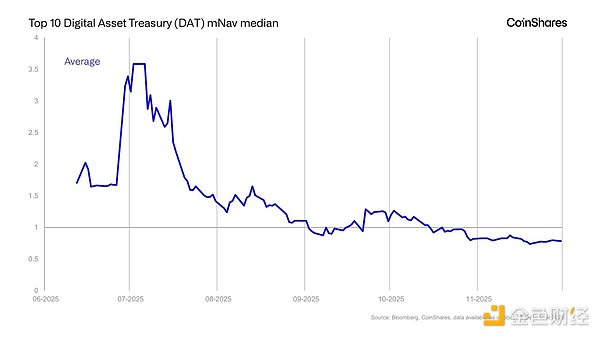EU Trade Defense Hits €93 Billion Milestone
Faced with the tariff increase decreed by Donald Trump, 30 % on European imports from August 1st, Brussels is deploying heavy artillery. The Commission has approved a retaliatory tariff of 93 billion euros, targeting strategic American sectors. An economic escalation is unfolding between two major blocs, against a backdrop of political tensions and fragility in global trade.

In brief
- The European Union is preparing an unprecedented economic response to the threat of new American tariffs imposed by Donald Trump.
- Brussels has approved two lists of American products to tax, for a total amount of 93 billion euros.
- The European surcharges target key sectors such as soybeans, aeronautics, and automobiles, but also more unexpected products.
- These measures will come into effect on August 7 if the United States applies its own tariffs from August 1.
A massive tariff retaliation from Europe, already quantified at 93 billion
The European Union did not just raise its voice. Faced with the American threat to impose 30 % tariffs on European imports from August 1st, the Twenty-Seven approved a structured economic response .
This is based on two lists of American products subject to taxation, for a total amount of 93 billion euros. It is a proportionate and targeted response to an explicit economic aggression.
A first list of 21 billion euros had already been prepared. In addition, a second, much larger one of 72 billion euros, was added to send a clear signal to Washington. These surcharges will take effect from August 7, a week after those considered by the Trump administration.
This counter-attack goes beyond some symbolic products. It targets key segments of American exports, with a clear intention of political pressure. Among the goods concerned, we find :
- Soybeans, a pillar of American agricultural exports ;
- Aircraft, a highly strategic sector for the United States, notably Boeing ;
- Automobiles, representing a major part of transatlantic trade ;
- More unexpected products, such as condoms, opium, pearls, and even hair.
This diversity reflects Brussels’ desire to strike on multiple fronts: both the major industrial chains and niche products with high added value. This seemingly eclectic response is actually the result of a precise analysis of economic pressure levers. Europe thus hopes to provoke a rapid rebalancing in negotiations while showing that it will not yield to a commercial blackmail strategy.
A legal and economic arsenal more comprehensive than simple taxes
Beyond classic tariff measures, the European Union reserves the possibility to activate an unprecedented mechanism: the so-called “anti-coercion” instrument. This device, originally designed to respond to unfair trade practices by China, could this time be used against the United States.
This mechanism will allow Europe to go beyond customs duties by blocking access to its public markets or freezing certain American investments. Thus, this approach aims to deter any hostile economic behavior, whether from traditional allies or strategic rivals.
The use of this instrument by Europe would mark an important political step in the Union’s strategy. It reflects a hardening of tone towards Washington but also places Europe in a more sovereign economic position.
Unlike past, more symbolic retaliation measures, this approach assumes a potential confrontation logic. It also takes place in a tenser international context, where alliances have become more volatile, notably in technology, energy, and finance.
In this climate of commercial instability, alternative assets regain a strategic place in portfolios. Bitcoin, seen as a safe haven by a growing number of investors, could benefit from this rise in tensions between economic blocs. If the tariff confrontation is confirmed, distrust in fiat currencies and traditional markets could strengthen the appeal of decentralized assets, escaping protectionist policies and state monetary manipulations.
In the medium term, this escalation between Europe and the United States could have implications far beyond traditional trade. If transatlantic investments were slowed, some analysts believe it could strengthen the crypto space, especially those offering solutions related to decentralized finance or alternatives to the dollar. Conversely, a prolonged conflict could create increased volatility on markets, including cryptos, whose correlation to geopolitical tensions is now documented.
Disclaimer: The content of this article solely reflects the author's opinion and does not represent the platform in any capacity. This article is not intended to serve as a reference for making investment decisions.
You may also like
The truth behind BTC's plunge: Not a crypto crash, but a global deleveraging triggered by the yen shock

DAT: A Concept in Transition

From traditional market-making giants to core market makers in prediction markets, SIG's forward-looking layout in crypto
Whether it's investing or trading, SIG is always forward-looking.
